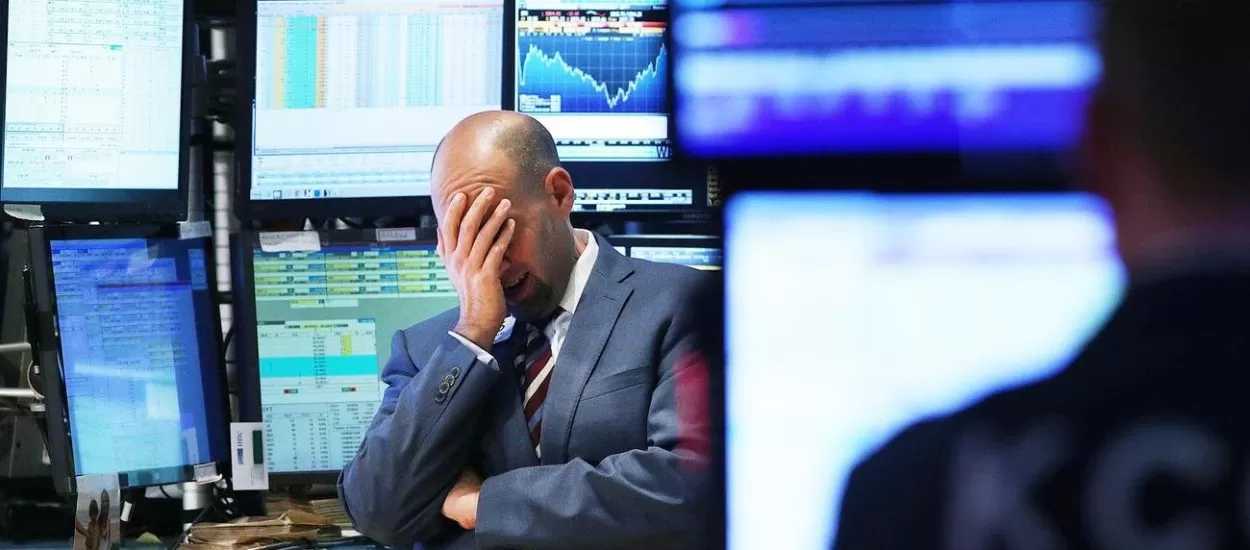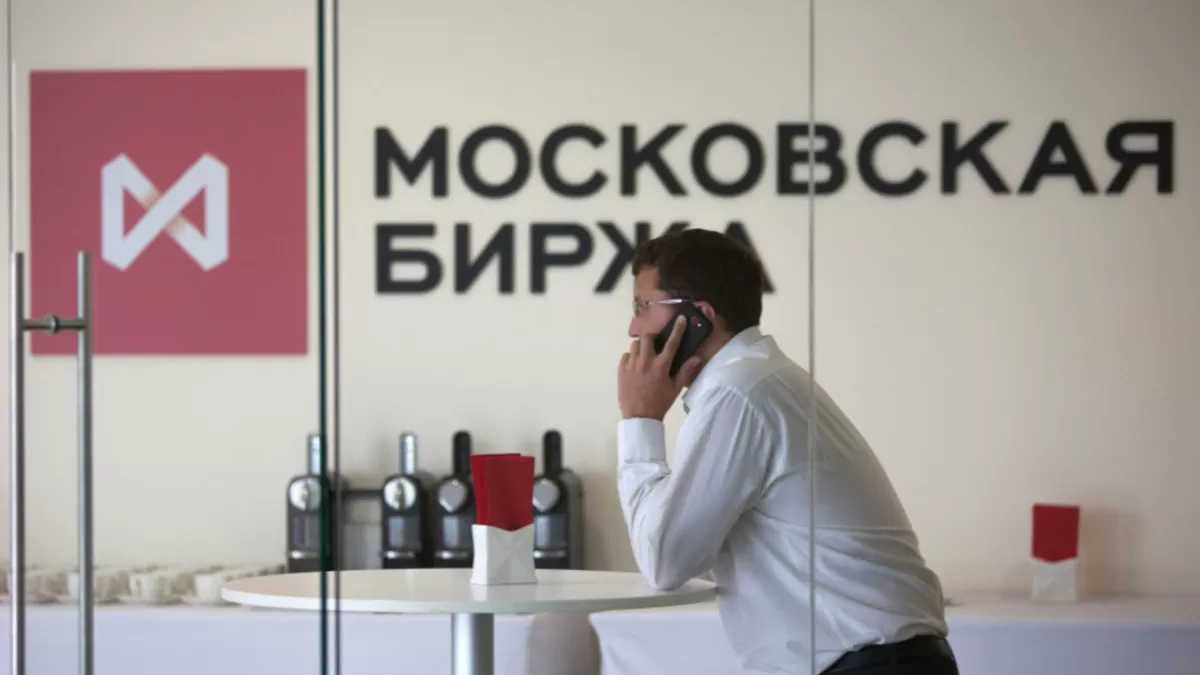Last year was a real test of strength for many economies in the world. This blow was the most devastating for Russia – the country experienced two large-scale collapses of its stock market at once, but so far, according to experts, has not reached the bottom. However, many of them agree that the process is running and irreversible. In this article, you will learn about what brought down the Russian trading floors, and also get an answer to the question: “Will trading eventually stop?”.
February collapse
The first last year and the largest collapse of the stock market of the Russian Federation in its entire history occurred on February 24th. The Moscow Exchange Index lost 33.2% as a result of trading, and the RTS (the same indicator in dollar terms) lost 39.4%. In the middle of the day, their fall reached 50%. Even in the crisis year of 2008, these indices did not reach such negative levels. The maximum anti-record was set at 18.6% for the Moscow Exchange and 19.1% for the RTS, respectively.
The banking sector suffered the most: Sberbank securities lost 47% on the Moscow Exchange, 71% on the London Stock Exchange, and TCS lost 47% on each of the sites. Yandex in one day lost 44% of quotes, Gazprom – 39.5%, Rosneft – 39%, and Lukoil – 31.56%. In general, all segments of the Russian financial market without exception suffered.
At that time, stock experts cited the record increase in the cost of commodities in Europe as the reason for what was happening. Thus, “blue fuel” was traded for more than $1,500 per cubic meter, and oil – for more than $103. At the same time, other researchers believe that the rise in energy prices was observed for several days and gradually reached new record levels, and therefore it cannot be the main cause of the market crash. The panic and sales among investors that followed the news about the start of a “special operation” on the territory of Ukraine, in their opinion, is the decisive factor.
The events also affected the ruble. So, in the first minutes of the start of trading on the Moscow Exchange on February 24, the Russian currency lost 6.55% against the dollar. The site had to stop trading until the beginning of the next day, as the ruble reached its minimum levels. It was possible to slightly improve the position of the currency due to the sale of foreign currency by the Bank of Russia for ruble reserves. The effect of the intervention began to weaken by the evening of the same day. In addition, to stabilize the precarious situation in the economy, the regulator introduced additional incentive measures: expanding the pawn list, introducing discrete auctions and a ban on short sales (short transactions).
Second big hit
More than six months later, on September 20, 2022, the Russian stock market again faced a record sell-off. The Moscow Exchange Index then lost 8.84%, reaching 2,215.67 points. The next day, the trend continued and the indicator lost another 7.8%, to 2.043 points. “Blue chips”, at the same time, lost up to 15% of their quotes.
Again, the markets were concerned. There were several reasons:
- announcement of holding referendums on joining the Russian Federation in the territories of the Kherson and Zaporozhye regions of Ukraine, as well as the DPR and LPR;
- the prospect of imposing new sanctions against the country from the world community against this background;
- introduction of new tax rates for exporters of raw materials;
- announcement of partial mobilization in Russia.
Despite the panicky mood of investors, experts say that the bottom has not yet been reached, and trading on the St. Petersburg and Moscow stock exchanges will continue. The question of how long remains undisclosed. Analysts say that everything depends on the agenda from the front and the destructiveness of the new restrictions that Western countries regularly announce. Thus, at the moment it is known about the planned revision of the price ceiling for Urals oil in the direction of reduction by the G7 countries and the EU.
Taking into account other factors (the news about the continued implementation of mobilization measures, the approval of the delivery of an impressive package of military assistance to Ukraine, the lowering of the level of diplomatic relations with some countries and the imposition of new sanctions in various areas at the same time), it is too early to talk about a positive outcome for the Russian economy. But economists urge not to panic ahead of time and get used to the new realities. They call the ruble the best option for investments.









